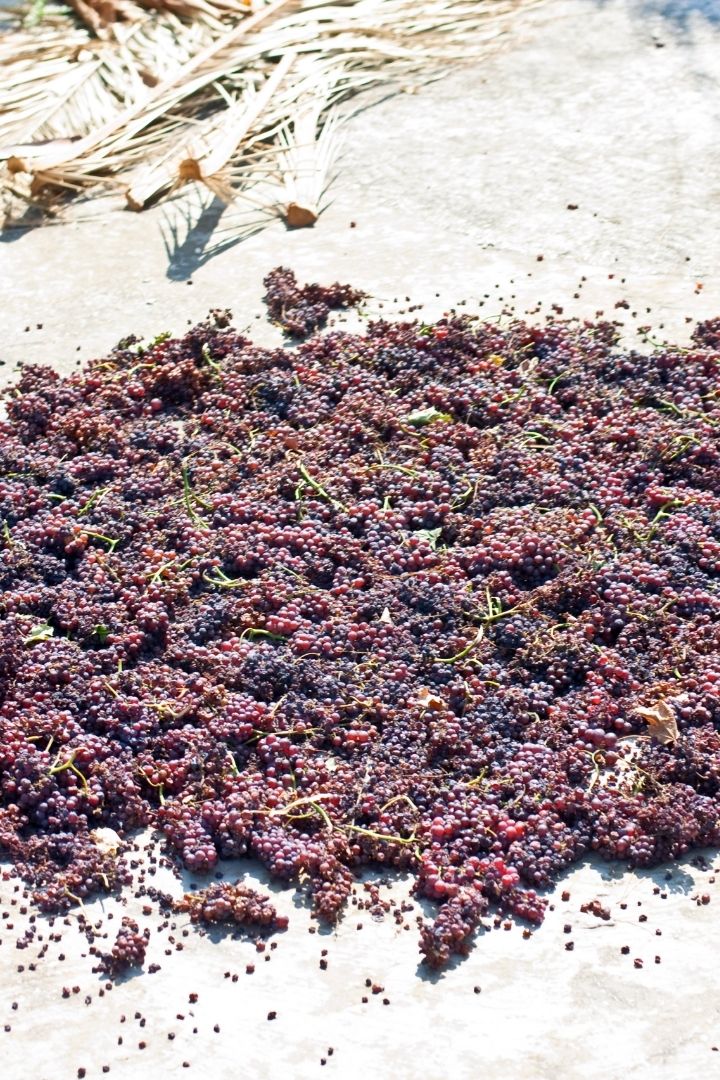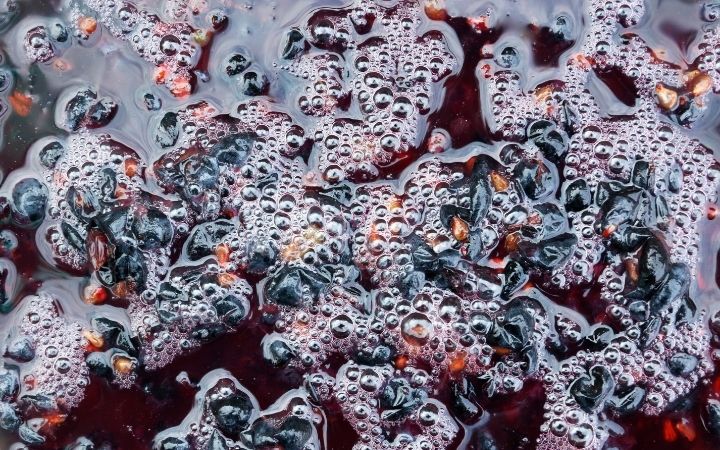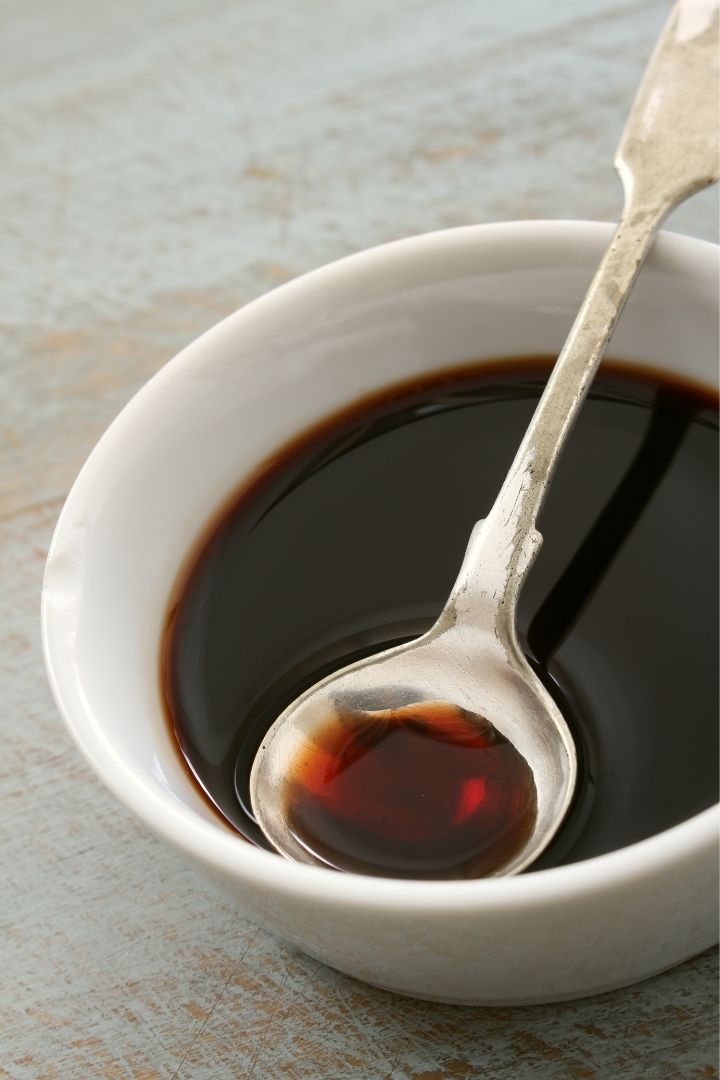The word must is none other than a “young wine.” A very firm favorite, consumed in the September harvest seasons, and versatile enough to consume on its own or make a delicious Sicilian-Italian inspired pudding.
Grab a glass of wine, kick off your shoes, and make yourself comfortable on the couch and discover
How to Make Grape Must
Ciao! This beautifully crisp drink is made from freshly squeezed grapefruit juice. It contains the stems, seeds, and even the skins. The more solidified portions of the must are called the pomace and account for between 7% and 23% of the grape’s total mass. The process of grape musting is the very first step in a complete winemaking process.
The length of time that the pomace remains within the grape juice itself will lend the wine its body and distinct character profile. The enologo or enologa will use their instinct to determine with the juice needs to be separated from the pomace. The great news is that the pomace can be repurposed as a fertilizer in the vineyards.

Next, yeast needs to be added to kick off the process of fermentation. A portion of unfermented juice will be kept aside as a sweetening agent before the must is bottled. The juice is then oaked to mature in barrels for 60 days.
Try this simple recipe at home to make your own grape must:
Italian Grape Must
Total Time: 20 minutes
Preparation Time: 15 minutes
Cooking Time: 5 minutes
Yield: 8 servings
Ingredients
- 11 pounds of red or white September grapes with their stems – rinsed well before use.
- ⅓ cup wood ash or ⅛ cup eggshells – crushed
- Large container or tub
- Large pot
Directions
- Working in batches, and if you are making use of the wood ash, sprinkle the grapes before starting the process.
- In a large container or tub, squeeze the grapes by hand to capture as much juice as possible.
- Next, place the grape pulps in a strainer and strain the remainder of the juice into the tub or container as well.
- Discard any leftovers.
- Bring a large pot to a boil on the stove and add the grape juice. Bring the juice to a boil for 5 minutes, scooping the foam off and discarding it.
- Turn off the heat and allow the mixture to rest for 5 minutes. Skim off any remaining foam if applicable.
- Remove from the heat and allow to cool completely.
- Pour the mist into containers.

During Commercial Production
A must needs to have sugar content higher than 17% to meet with legal requirements and to be deemed as a quality product. If an error such as this occurs during wine production on a larger scale, sugar is added prior to the fermentation process starting.
How Much Alcohol Does Homemade Grape Must Contain?
Generally speaking, a wine that has been made at home can have an alcohol content ranging between 10% and 15%.
Which By-products can be made from Grape Must
- Balsamico – Grape must plays a primary part in the production of traditional balsamic vinegar.
- Mead – The wort is an essential ingredient when it comes to beer brewing.
- Mosto Cotto – Grape must syrup.
The final say
With the second wave of Covid-19 hitting the globe, you owe it to yourself to invest time in making your own wine at home to enjoy. In some countries such as South Africa, there were (and still is) strict alcohol regulations in place.
During the more challenging lockdown levels, alcohol was not permitted to be purchased. Since the country is at a lower level of lockdown, oenophiles and other wine connoisseurs are allowed to buy wine and other alcohol on Mondays – Fridays! Saluti!

Community of passionate writers and content creators who share a love for Italian heritage, culture, travel, food, and the Italian-American community. Our mission is to celebrate Italy’s rich history and traditions and connect with others who share the same passion.


